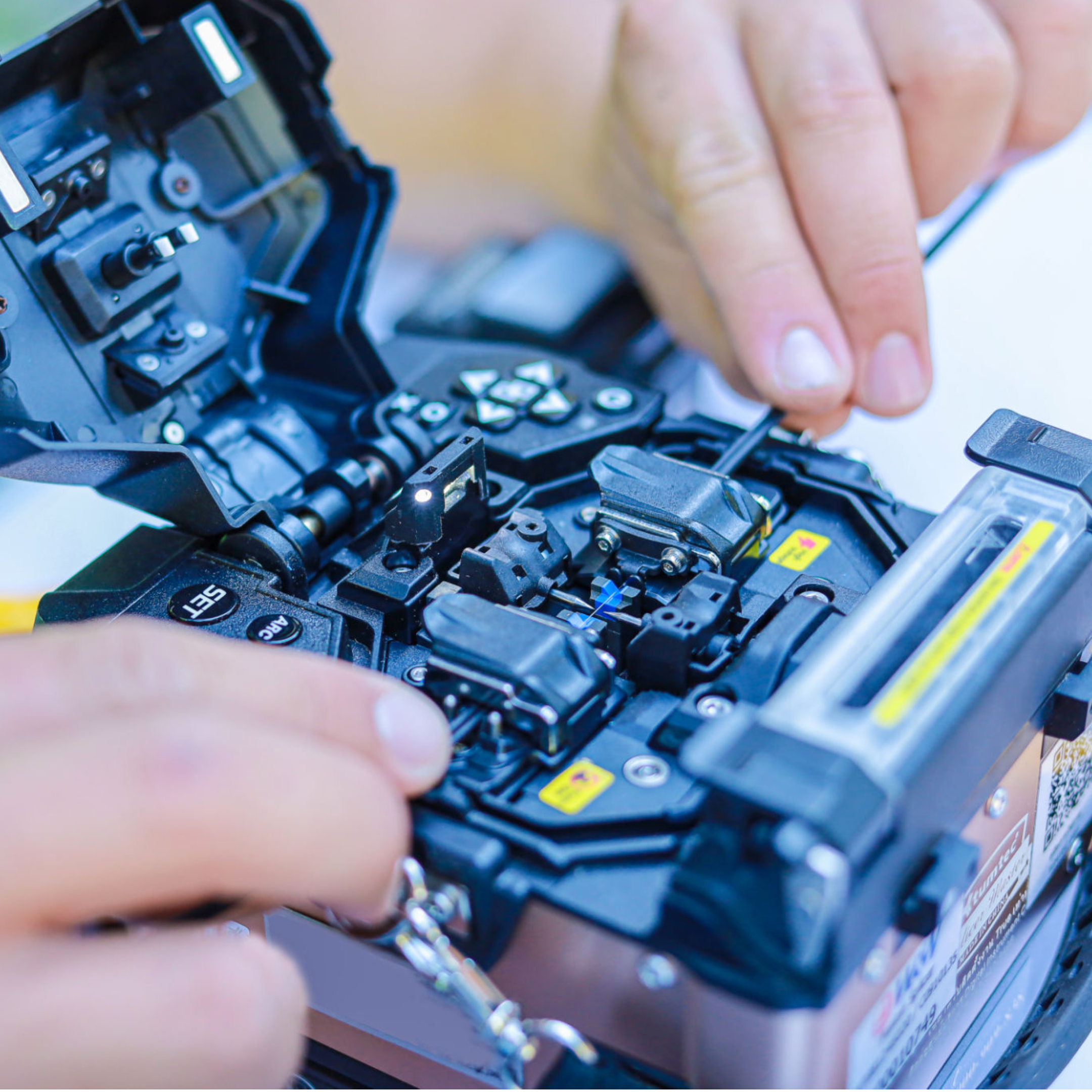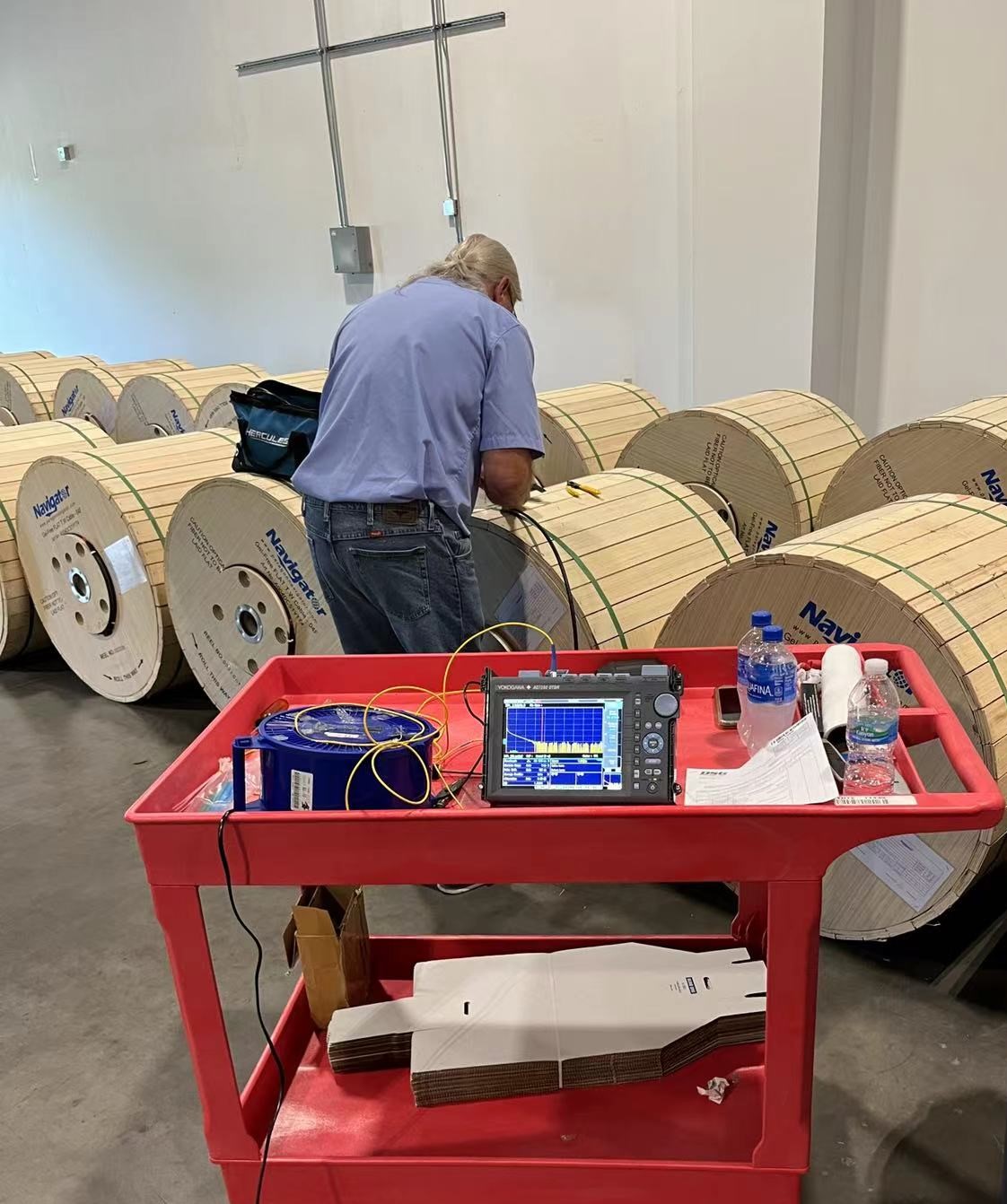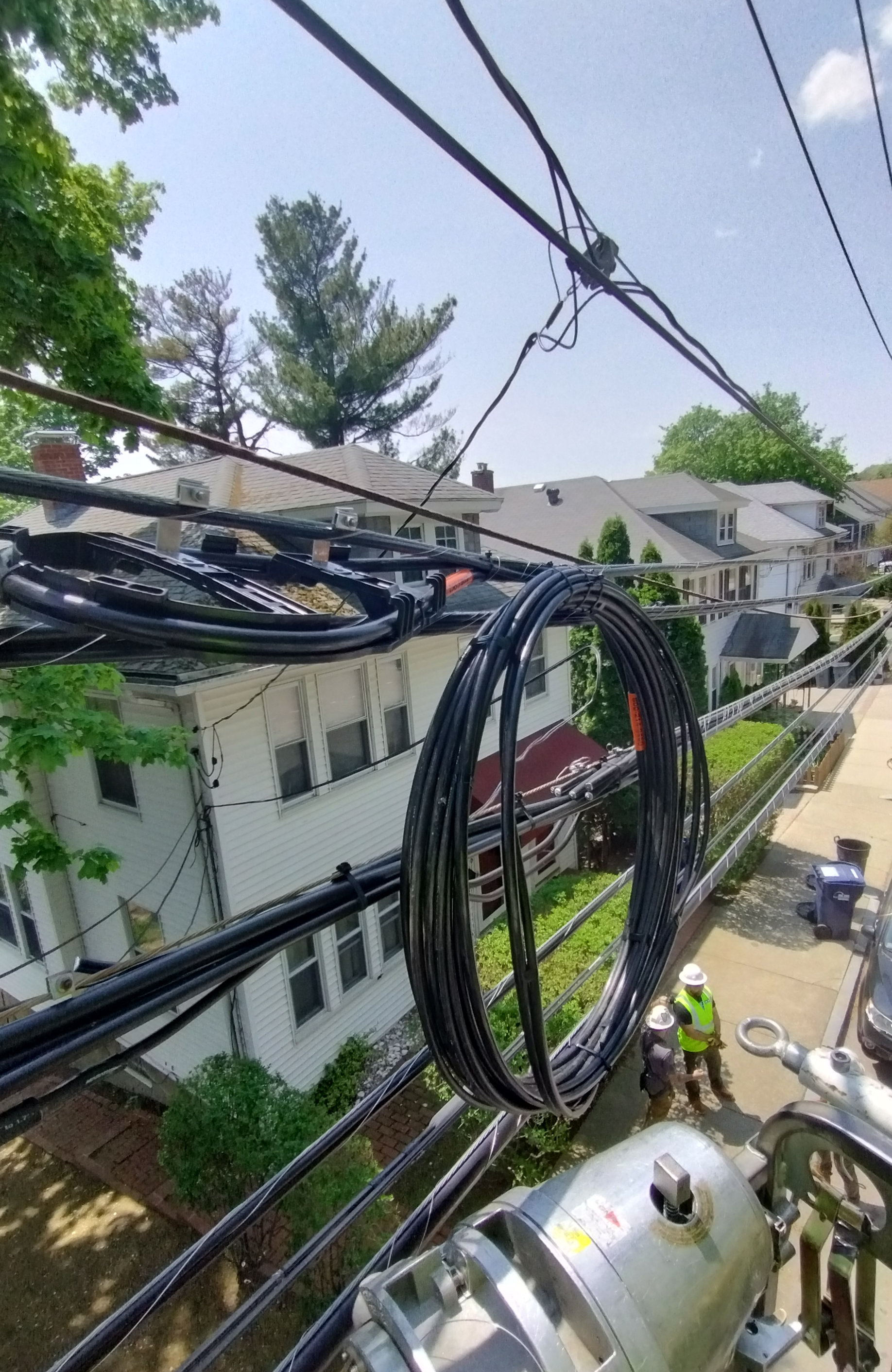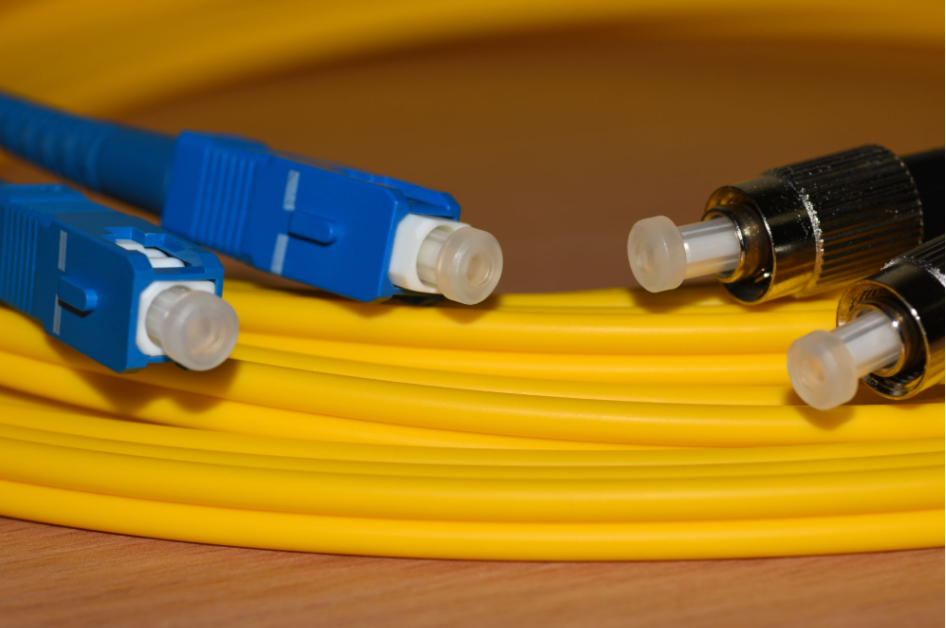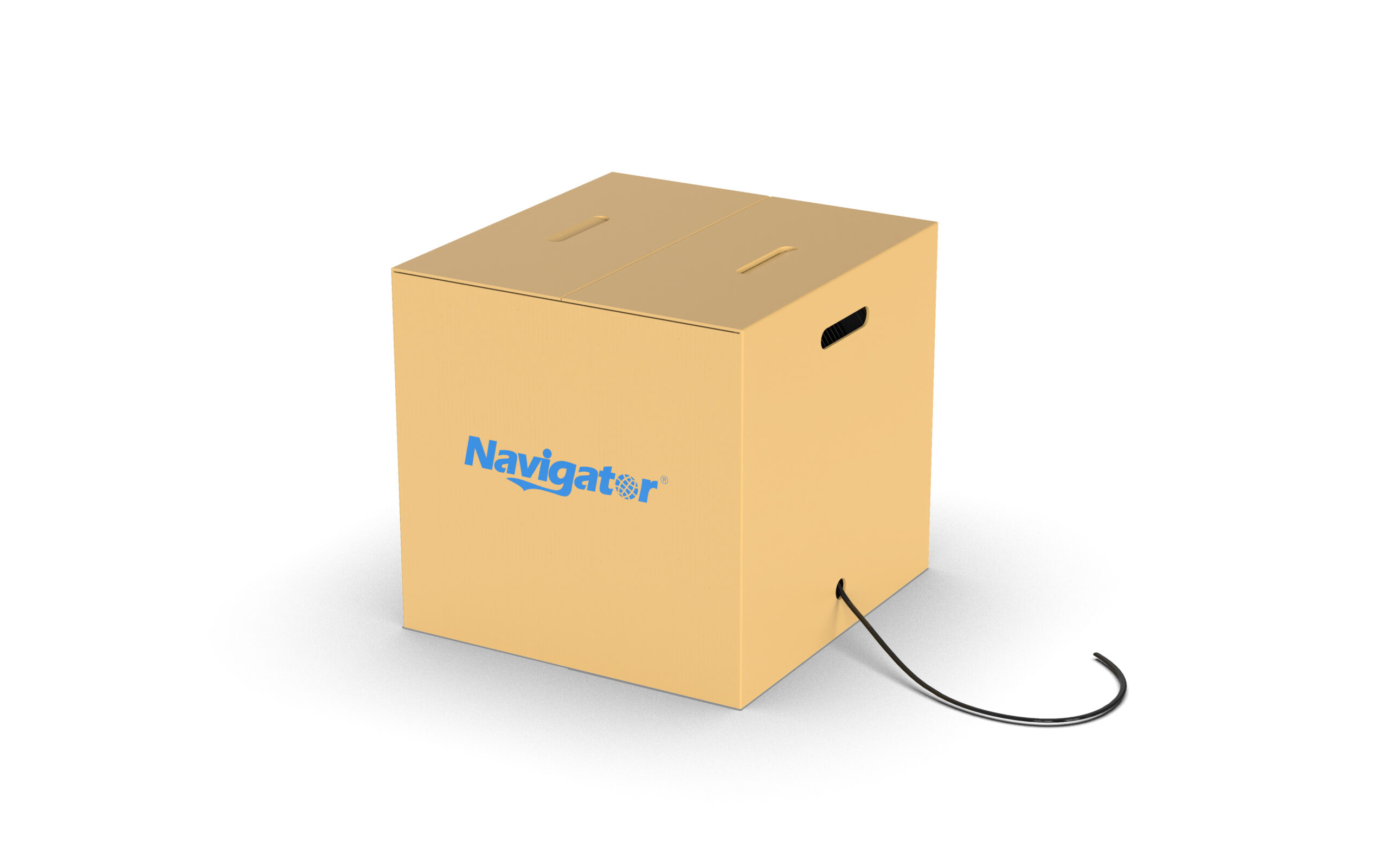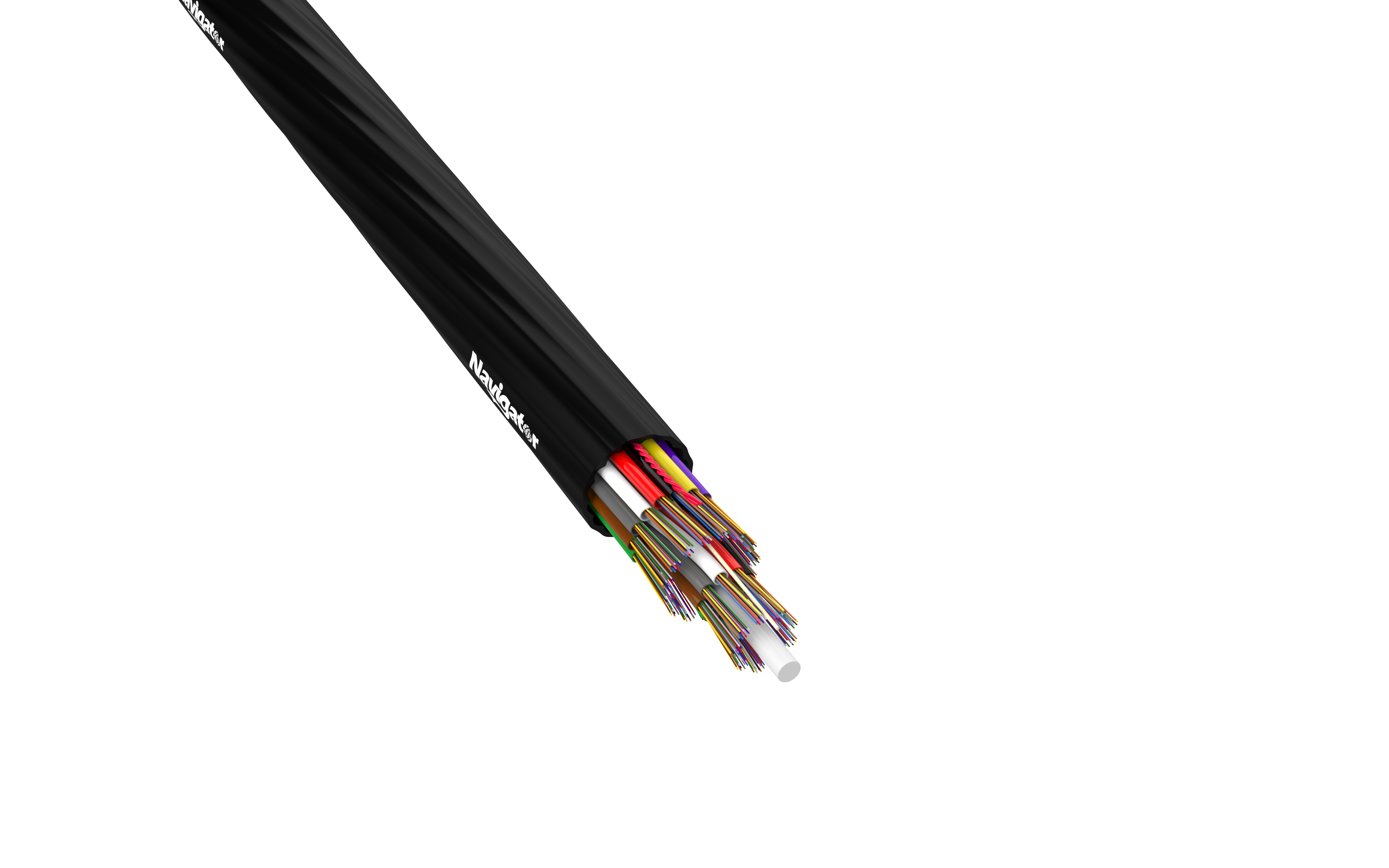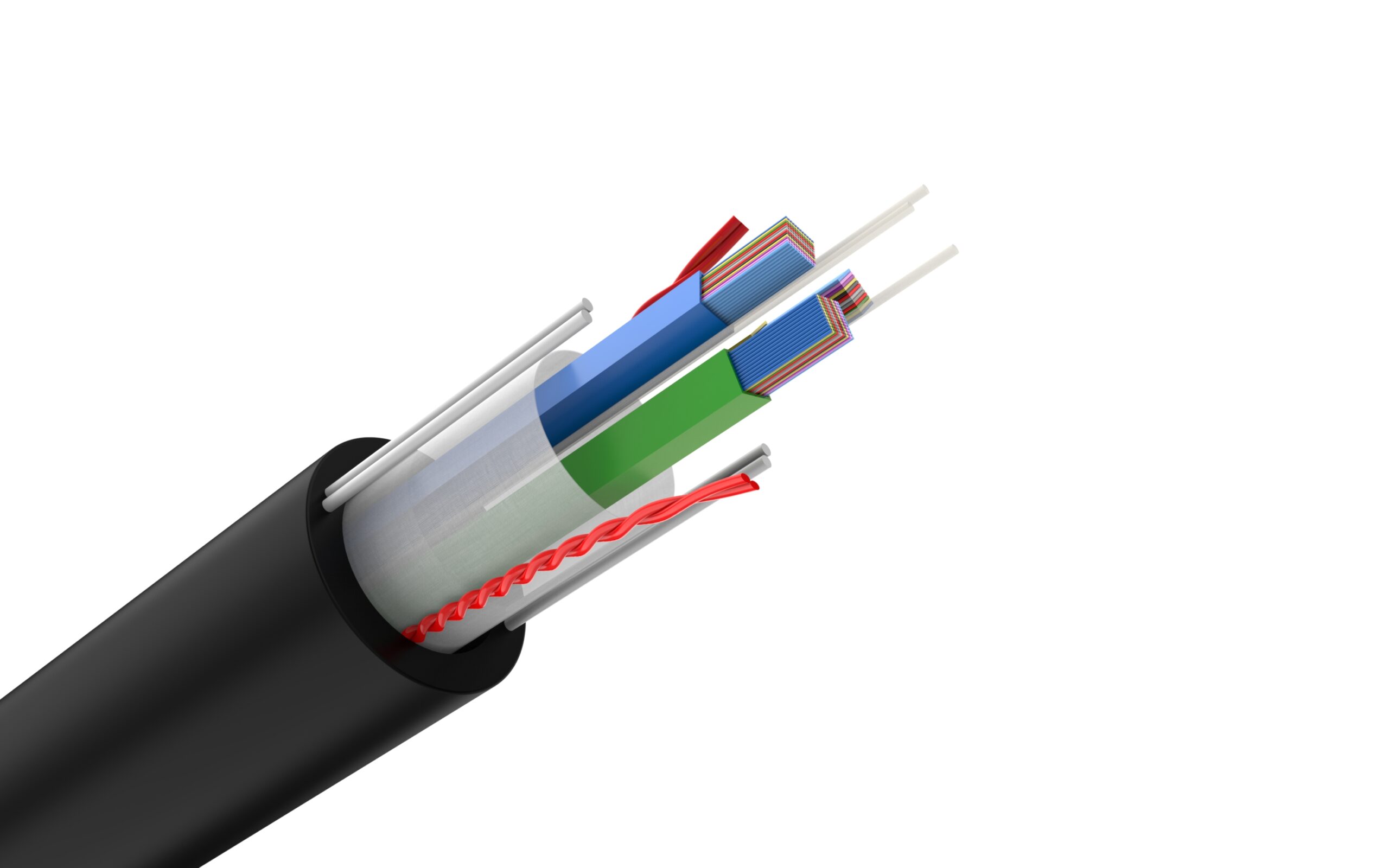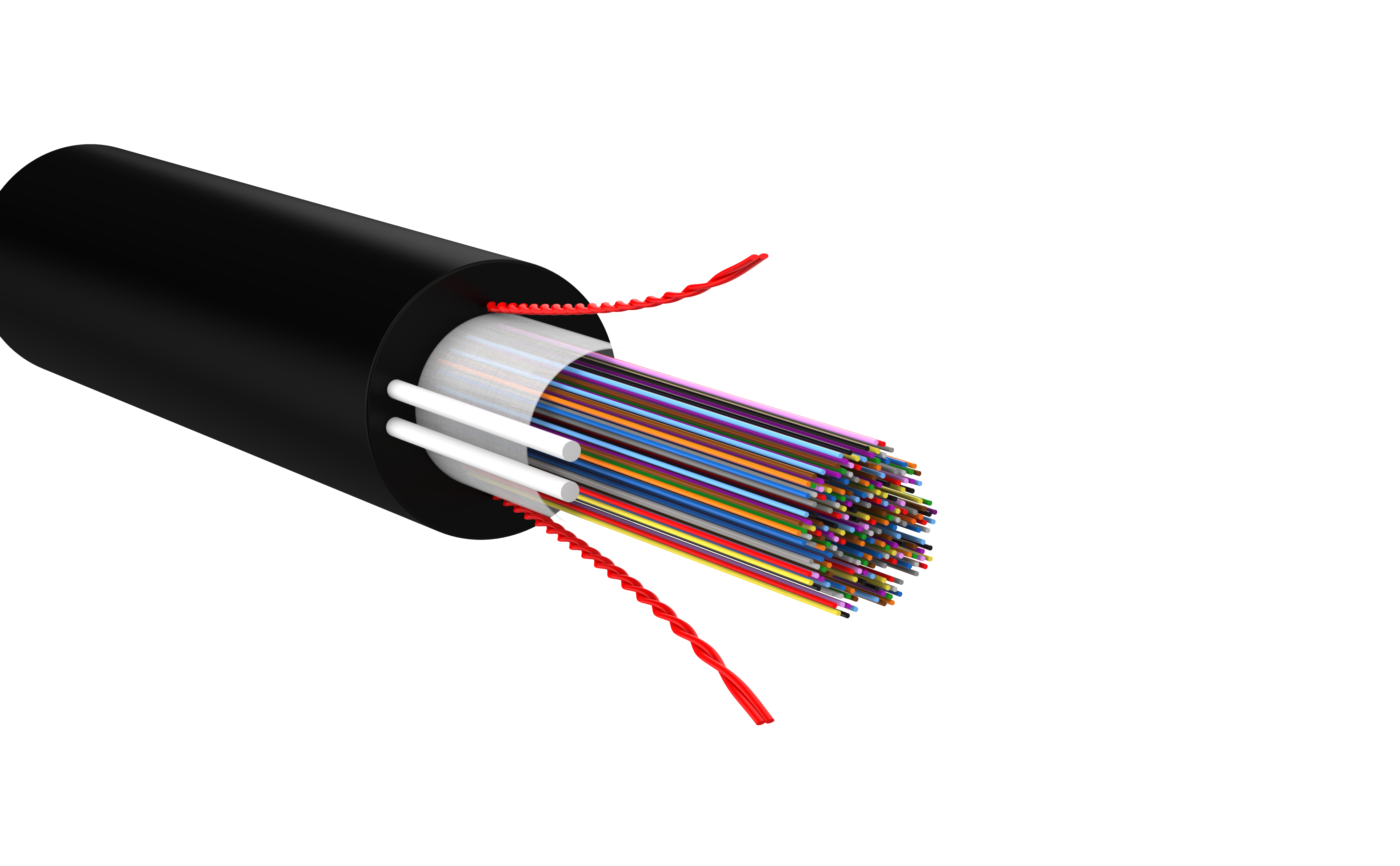Fusion Splicing vs. Mechanical Splicing
Fiber optic splicing is the process of joining two optical fibers together. There are two main types of fiber optic splicing: fusion splicing and mechanical splicing.
Fusion Splicing
Fusion splicing is the most common type of fiber optic splicing. In fusion splicing, the two fibers are joined by melting them together. This creates a permanent, high-quality connection with very low loss. Fusion splicing is the preferred method for critical applications, such as long-distance transmission and high-speed data networks.
Advantages of Fusion Splicing
- Very low loss: Fusion splices have very low loss, typically less than 0.1 dB. This means that there is very little signal attenuation at the splice point.
- Permanent connection: Fusion splices are permanent connections. This means that they are not susceptible to vibration or other environmental factors.
- High quality: Fusion splices are high-quality connections. This means that they are reliable and can withstand harsh environments.
Disadvantages of Fusion Splicing
- Requires specialized equipment: Fusion splicing requires specialized equipment, such as a fusion splicer. This equipment can be expensive.
- Requires training: Fusion splicing requires training. This is because the process is delicate and can be easily damaged if not done correctly.
- Time-consuming: Fusion splicing can be time-consuming. This is because the process requires careful alignment of the two fibers.
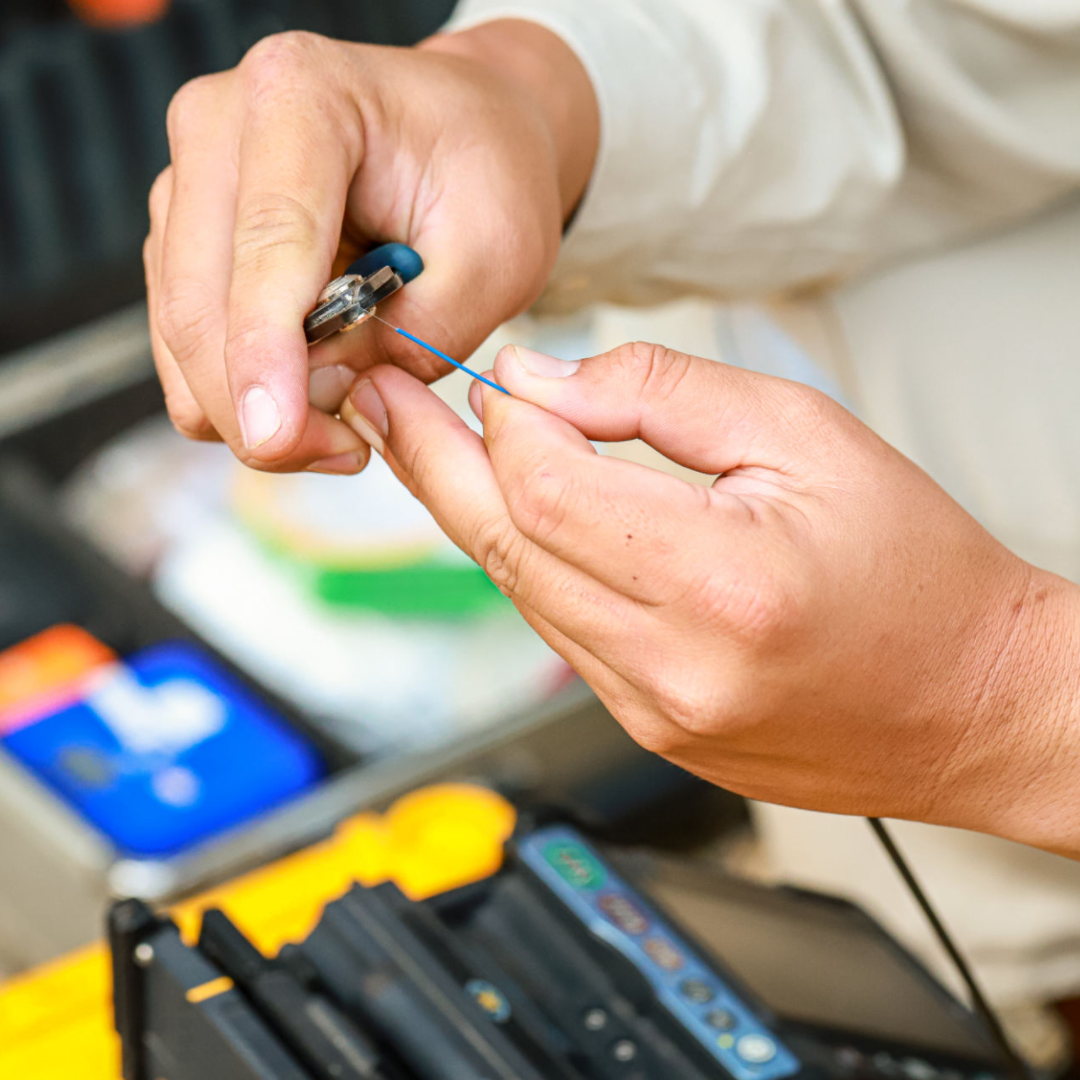
Mechanical Splicing
Mechanical splicing is a less expensive and less time-consuming alternative to fusion splicing. In mechanical splicing, the two fibers are held together by a mechanical splice. This creates a connection with higher loss than a fusion splice, but it is still reliable for many applications.
Advantages of Mechanical Splicing
- Low cost: Mechanical splicing is a low-cost alternative to fusion splicing. This is because it does not require specialized equipment or training.
- Quick and easy: Mechanical splicing is quick and easy to do. This makes it ideal for temporary connections or applications where fusion splicing is not practical.
- Versatile: Mechanical splices can be used in a variety of environments. This makes them a good choice for applications where fusion splicing is not possible.
Disadvantages of Mechanical Splicing
- Higher loss: Mechanical splices have higher loss than fusion splices. This means that there is more signal attenuation at the splice point.
- Less reliable: Mechanical splices are less reliable than fusion splices. This is because they are more susceptible to vibration and other environmental factors.
- Temporary connection: Mechanical splices are temporary connections. This means that they will eventually degrade and need to be replaced.
Both fusion splicing and mechanical splicing are viable options for joining fibers. The best type of splicing will depend on the specific application. If a high-quality, permanent connection is required, then fusion splicing is the best option. However, if a quick and easy solution with low cost is required, then mechanical splicing may be a better choice.

